#busycon
Photo

Photography by Xuebing Du
Instagram: xuebing.du
#still life#sea hell#texture#objects#flower#photographers on tumblr#original photographers#rosemellow#conch#conch shell#busycon#knobbed whelk#black backdrop
5K notes
·
View notes
Photo

Sinistrofulgur sinistrum (Hollister, 1958) by Gabriel Paladino Photography https://flic.kr/p/2m5vsXz
7 notes
·
View notes
Photo

So excited for day 2 at Denver comic con! Right under the J sign in artist alley! #denvercomiccon2017 #denvercomiccon #condragons #muchexcite #busycon
3 notes
·
View notes
Photo

Caracola marina (Busycon Carica)
#Javi Roa#Photographers on Tumblr#original photographers#black and white#nature#caracola marina#marine conch#busycon carica
93 notes
·
View notes
Text
Lithic Instruments
As any know-it-all would tell you the oldest instrument is the human voice, but given that its difficult for someone to play someone else’s vocal cords, archaeologists concern themselves more with man-made instruments. Some of the earliest known instruments are bone flutes.
Bone Flutes
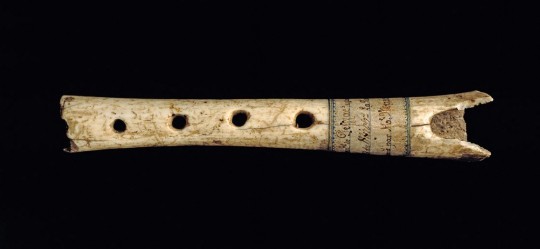
(c. 30,000 BCE (age is uncertain)). Flute, with five holes on the front and two on the back. [musical instrument]. Retrieved from https://library.artstor.org/asset/LESSING_ART_1031388057
Bone flutes would be played with one end within the mouth and one hand covering and uncovering the holes to play different notes, similar to a recorder. Unlike a recorder, the end of a bone flute can be covered for additional range in tones. An example of a bone flute being played can be seen below:
youtube
It is likely that such instruments would be played for celebrations of a very successful hunt or a victorious combat over resources or hunting areas, rituals to bring in more rain for better harvests of berries or crops, or simply played around the fire for everyone in the tribe to listen and dance to.
Drums
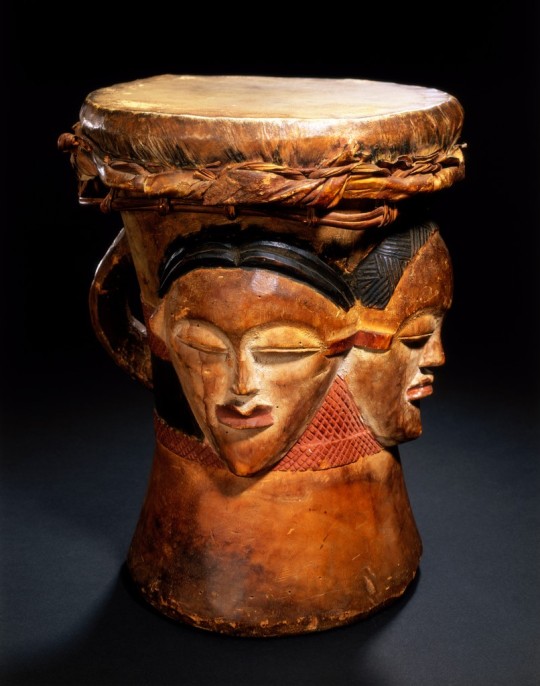
Drum. Retrieved from https://library.artstor.org/asset/AFOWLERIG_10313206625
Drums are difficult to place in the history of instruments given how hard it is for one to be properly preserved. Even modern drums are mostly made out of materials that degrade rather easily, such as hide, wood and ferrous metals. Drums from a Stone Age society have an even less likely chance of surviving any amount of time without regular maintenance, but given their prevalence in isolated Stone Age tribes all over the world, it is likely that they existed alongside bone flutes and the next instrument we will discuss.
Horns and Trumpets

Cow horn instrument. [Tools, Musical, Woodwind]. Retrieved from https://library.artstor.org/asset/AHARVARDIG_10313862982
The earliest horns are made from animal horns. Such as the horns of a goat or a bull, played similar to today’s horns and sound similar as well. Below is an example of a kudu horn being played by a Zulu warrior in South Africa.
youtube
Recently, Archaeologists reconstructed a conch horn found in the Marsoulas Cave in Southern France. The horn was originally made by removing the closed, curled in tip of the shell, and some resin or wax would be used to affix a mouthpiece to the new opening or a perforation towards the close end would be made. The labrum (outer lip) of the shell would also be removed.
An unmodified conch shell:
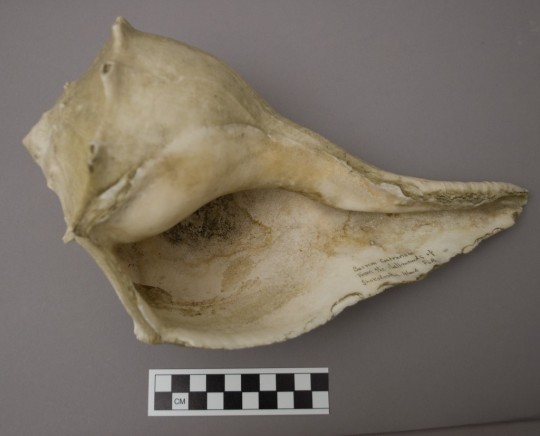
Recently, Archaeologists reconstructed a conch horn found in the Marsoulas Cave in Southern France. The horn was originally made by removing the closed, curled in tip of the shell, and some resin or wax would be used to affix a mouthpiece to the new opening or a perforation towards the close end would be made. The labrum (outer lip) of the shell would also be removed.
An unmodified conch shell:
Conch, Busycon contrarium. [Organic, Shell]. Retrieved from https://library.artstor.org/asset/AWSS35953_35953_38732033
A modified conch shell (though different origin species), note the perforations and removed labrum:
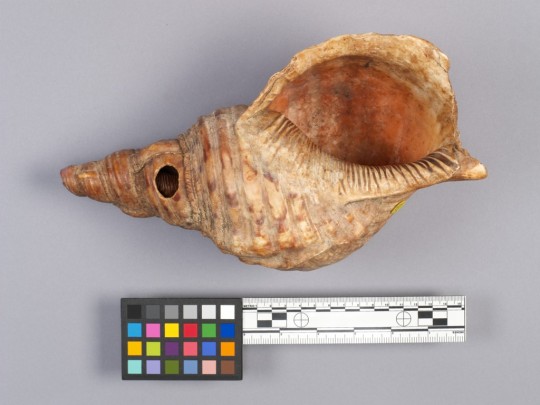
(Image: 20-Dec-2006). Horn, Ie473 Side One. Retrieved from https://library.artstor.org/asset/AWSS35953_35953_38251381
The scientists even recorded a sample of the reconstructed instrument being played:
Source: https://www.npr.org/2021/02/10/966322717/why-a-musician-breathed-new-life-into-a-17-000-year-old-conch-shell-horn
Given how similar most of these instruments sound to what we hear played at concerts today, its not too far off to imagine that thousands of years ago, families would gather around the fire to listen to their musicians craft, the same way we do today.
3 notes
·
View notes
Photo

Facebook // Website // Tumblr // DeviantART // Ko-fi
Okay, okay...LAST time I will post about these. Here they all are, all done and complete and ready to be put into a guide book about Long Island salt marshes for kids at the Ward Melville Heritage Organization. I’ve had the pleasure of being an educator and naturalist with them for the past four years, and I enjoy every minute of it.
Please do not re-post.
Done in Prismacolor pencils and mechanical pencil. 1.5 x 1.5 in each
From upper left corner to right:: NN denotes non-native:
Atlantic Blue Crab (Callinectes sapidus), Soft-shell Clam (Mya arenaria), Asian Shore Crab NN (Hemigrapsus sanguineus), American Horseshoe Crab (Limulus polyphemus), Slipper Snail (Crepidula fornicata), Mummichog (Fundulus heteroclitus), Smooth Cordgrass (Spartina alterniflora), Osprey (Pandion haliaetus), Barnacle (spp.), Striped Killifish (Fundulus majalis), Atlantic Sand Fiddler Crab (Uca pugilator), Blue Mussel (Mytilus edulis), Hard Clam (Mercenaria mercenaria), Mud Snail (Tritia obsoleta), Common Spider Crab* (Libinia emarginata), Prickly Pear with fruit (Opuntia humifusa), Snowy Egret (Egretta thula), Razor Clam (Ensis leei), Lady Crab (Ovalipes ocellatus), Eastern Oyster (Crassostrea virginica), Ribbed Mussel (Geukensia demissa), Northern Moon Snail (Polinices heros), Green Crab NN (Carcinus maenas), Common Periwinkle (Littorin littorea), Channeled Whelk (Busycon carica)
#marine life#marine biology#scientific illustration#Long Island#shells#crabs#crustacea#horseshoe crab#bird#wildlife#wildlife art#fish#encyclopika art
14 notes
·
View notes
Photo
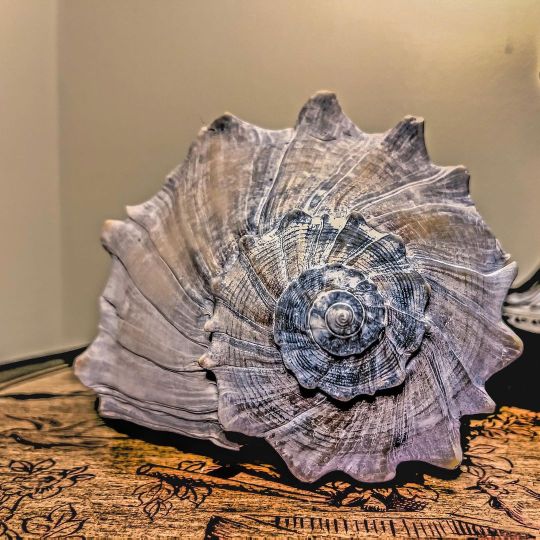
Busycon, commonly known as whelk, Flanner Beach Formation, 100,000 years old. (at North Carolina) https://www.instagram.com/p/CYnxLiLOLsB/?utm_medium=tumblr
0 notes
Text
Times Change! When Lake Okeechobee Was an Inland Sea
After my most recent blog post, people were asking me about the shells I found along the eastern shoreline of Lake Okeechobee. My mother even shared a rare visit to her collection-closet revealing a huge ten-inch Busycon contrarium ~also known as a whelk. She brushed the dust off the amazing “fossil.” On it, a shiny pink ribbon held a note that read:
“This Busycon contrarium blank was purchased…
View On WordPress
#ancient reef#Busycon contrarium#florida ancient reef#florida inland sea#formation of florida#geology south florida#sandy thurlow shell#sandy thurlow whelk#Seminole at the Brighton Reservation#Shell Collecting ~When Florida&039;s Lake Okeechobee Was an Inland Sea#shell from Brighton Reservation#shells lake o#shells lake o shoreline#shells lake okeechobee#Times Change! When Lake Okeechobee Was an Inland Sea#trying to figure out shell around lake okeechobee#what are the shells along Lake Okeechobee#whelk
0 notes
Text
Downtown Houston office towers win international competition
Two Houston office towers earned top honors at the Building Owners and Managers Association (BOMA) international's conference recently. HESS Tower, a 29-story building at 1501 McKinney near Discovery Green park, won in the Corporate Facility category. The property, which is fully leased by HESS Corp., is managed by CBRE owned by H&R REIT. One Shell Plaza, a 50-story building at 910 Louisiana managed by Hines Interests and owned by Busycon Properties, won in the Renovated Building category.
from Business http://www.chron.com/business/real-estate/article/Downtown-Houston-office-towers-win-international-11280644.php
0 notes
Text
Mechanical characterization of an unusual elastic biomaterial from the egg capsules of marine snails (Busycon
http://dlvr.it/NJpfN4
0 notes
Text
How to Make Your Captiva Shelling Tour an Unforgettable Experience
A some miles walk along the beaches of Sanibel and its sister Captiva islands will get you a glimpse of people stopping down, looking for amazing among the sands and occasionally picking them up, examining, frowning and throwing them away. Sometimes, you will too get to see them smiling cheerfully as if they have found a few treasure along the shores. If you are latest to the islands, you may discover it all very confusing. But, there is nothing weird regarding these activities. These public are sea shell collectors, who have come from all over the globe to the islands to collect some rare species. And with a small bit of guidance, you can be one of them too. You can book a correctly organized Sanibel and Captiva shelling tours to experience the fun.
Why is Sanibel island shelling such a delight for travelers?
The Sanibel and Captiva islands in the south west coast of Florida is the home for a diversity of species similar to mollusks and echinoderms. They built good-looking shells in their lifetime to serve as their home and after their die or are eaten away, the blank shells are washed up ashore by the tide. The shape of the islands and their orientation from east to west instead of north-south scoops up those shells for sand combing. Shelling is such a wonderful activity in the Sanibel islands that people from all over the world come to experience it along with their family and friends. Moreover the rich ecological surroundings also serve as a most important tourist attraction.
What kind of shells are found along the coast of Sanibel Islands?
It will be better to ask what kind of shells are not found along the coast of Sanibel islands, because is undoubtedly the shelling paradise. Even if you know a lot regarding shells and their inhabitants, you are likely to be surprised with the unique species that you will discover along the shores of Sanibel and its sister Captiva islands. However, some of the most common kinds of shells found in the beaches have been categorized as follows:
Cockle: One of the most common kinds of shells found along the beaches of Sanibel island are these wonderfully patterned heart shaped shells that serve a variety of household purposes. While few are crafted into ornaments, the big ones are used as soap dishes.
Junonia: It will be a enjoyment for you to find Junonia shells on a casual visit to the Sanibel islands because they are quite rarely found and if found, are covered in the local newspapers for definite. It is good-looking with the outer shell being white with pretty brown dots over its surface. Even the organism that lives within is dotted likewise.
Conch Shells: The conch shells are not that greatly rare, in fact these univalves are simply found on the beaches of Sanibel islands. In shades of faded orange, these shells are generally used for ornamental purposes.
Lightning whelk: Unlike its sisters and brothers of the Busycon Gastropod family unit, the lighting whelk spirals to the left instead of right. That is how you can differentiate the lightning whelk from others. And if you find it with an organism, do not pick it up, please. It is illegal to pick up some shell with the organism still alive and inside.
Sand dollar: Yes, these are quite good-looking and you are lucky if you find one that is unoccupied. The whitish, flat and textured sand dollar shells are one of those that you can keep for show or hang in Christmas trees. Whatever you do, just keep in mind not to pick them up when they are still very much alive.
Tulip: The name implies that these shells look alike to the flower in some way and yes, they do. Any shell collector would be pleased to add these wonderfully patterned species to their collection.
Olive shells: They are glossy and normally white or off-white in color. simple olive shaped, these shells are used for a variety of purposes apart from being a non-functional part of your collection.
Coquinas: These butterfly shaped shells are not that simple to find. They are generally alive when they are dug out by shell collectors. The Coquinas are one of the some species in the Sanibel and Captiva islands that are taken out alive to eat.
Shelling is such a prominent movement in these islands that hotels and guests houses have special arrangement similar to sinks and wash basins to clean the shells that you have collected in the whole day. In short, the tourism of the place is mainly influenced by shelling activities. So if you are preparation for a weekend trip in the Captiva and Sanibel islands, do not not remember to bring your shelling basket along. Who knows, you may the first one among your friends to locate a Junonia variety?
If you wish to spend a fun filled weekend with your family, the Captiva shelling tours are totally apt for such short trips. The author suggests you to book a boat charter service with experienced Sanibel shelling guides and you are sure to have an unforgettable experience.
#Sanibal Island Fishing Charters#Sanibal Shelling Guides#Book your Captiva shelling tours#Captiva Island Fishing Charters#Captiva Shelling Tours#experienced Sanibel shelling guides#Sanibel and Fort Myers Fishing trips#outstanding Sanibel Island fishing charters#guided shelling trips to Sanibel#sanibel fishing charters#Book experienced Sanibel shelling guides
0 notes